Innovative Solutions for Optimizing Pulp and Paper Production Efficiency
The pulp and paper industry, a cornerstone of the global manufacturing sector, is facing intense pressure to enhance production efficiency while maintaining sustainability. According to the 2020 data from Smithers Pira, the global pulp and paper market is expected to reach nearly $500 billion by 2024, driven by growing demand for sustainable packaging and hygiene products. However, traditional production methods are often plagued by high energy consumption and waste generation. To combat these challenges, innovative digital solutions are emerging as vital tools for optimization. Technologies such as artificial intelligence, IoT, and advanced analytics promise to revolutionize operations, reducing costs and improving environmental performance. As the industry grapples with shifts in consumer preferences and regulatory demands, focusing on these "digital + best practices" could provide the competitive edge necessary for long-term success in an evolving market landscape.
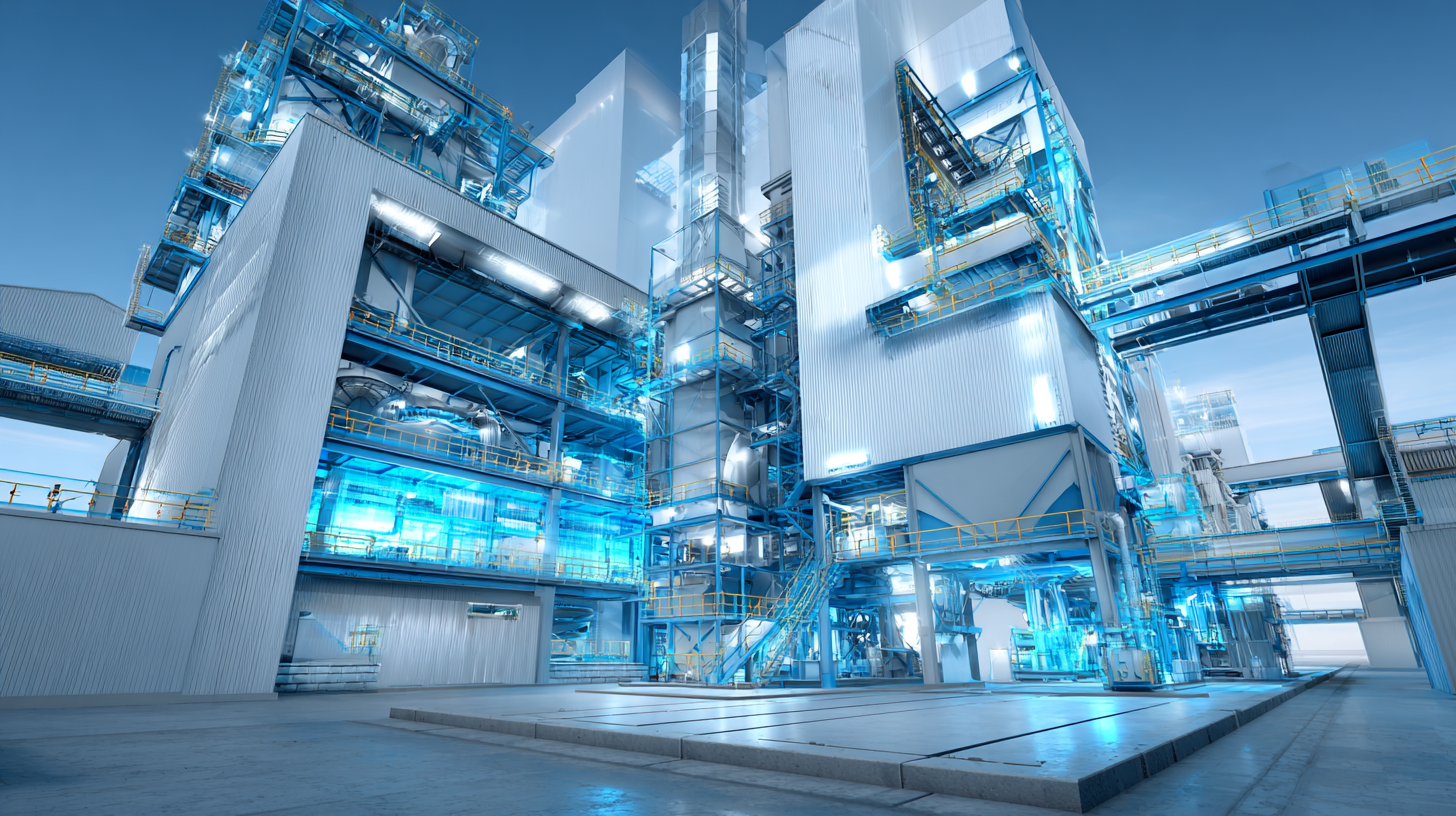
Cutting-Edge Technologies Transforming Pulp and Paper Manufacturing Processes
In recent years, the pulp and paper industry has witnessed a remarkable transformation driven by cutting-edge technologies. Innovations such as digital twins, automation, and advanced data analytics have become essential tools in optimizing manufacturing processes. A report from Smithers Pira indicates that implementing such technologies can lead to efficiency improvements of up to 20%. By using real-time monitoring systems, manufacturers can identify bottlenecks quickly and adjust operational parameters accordingly, thereby minimizing downtime and maximizing productivity.
Moreover, the integration of Industry 4.0 principles, including IoT (Internet of Things) devices, is revolutionizing the way pulp and paper mills operate. According to a study by Research and Markets, the global smart manufacturing market is projected to reach $399 billion by 2025, with a significant portion attributed to the pulp and paper sector. These advanced systems not only enhance operational efficiency but also contribute to sustainability efforts by reducing energy consumption and waste. Implementing predictive maintenance powered by AI algorithms ensures that machinery functions optimally, which can extend equipment lifespan and significantly reduce maintenance costs. As these technologies continue to evolve, they promise to reshape the future of pulp and paper manufacturing.
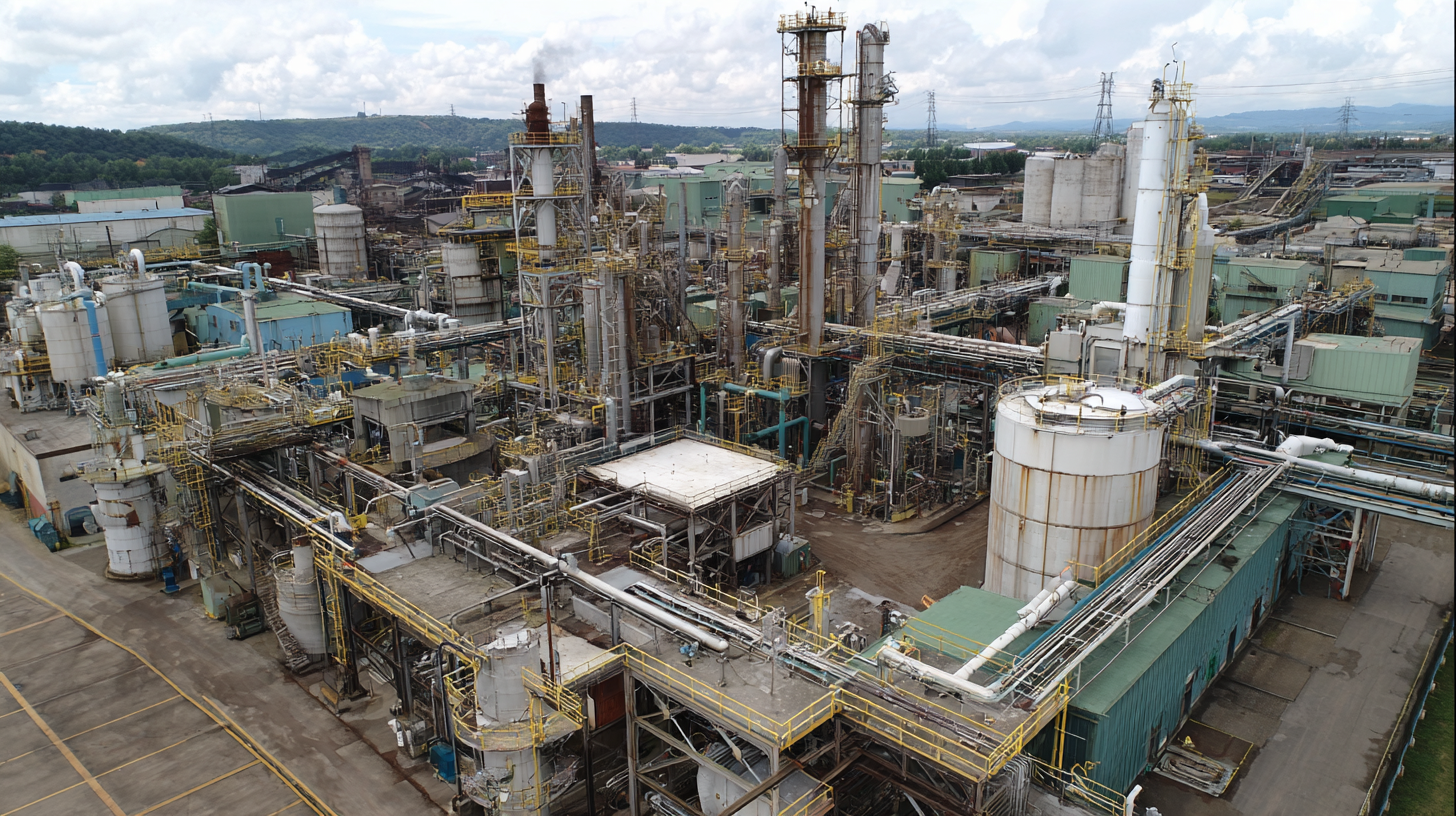
Streamlining Supply Chain Management for Enhanced Production Efficiency
The pulp and paper industry faces ongoing challenges in optimizing production efficiency, particularly within the supply chain. Streamlining supply chain management is essential for enhancing production efficiency and ensuring that resources are utilized effectively. By adopting innovative technologies such as real-time tracking systems and automated inventory management, companies can improve visibility and responsiveness throughout their supply chain. These solutions not only reduce lead times but also minimize waste, enabling a more sustainable approach to production.
Moreover, collaboration between suppliers, manufacturers, and distributors is crucial in achieving a seamless supply chain. Implementing a centralized platform for communication and information sharing can foster stronger partnerships and facilitate better forecasting. This collaboration helps prevent bottlenecks and ensures that the right materials are available when needed, ultimately leading to smoother operations and increased output. Investing in employee training on supply chain best practices further empowers the workforce to identify inefficiencies and implement improvements, driving overall production performance.
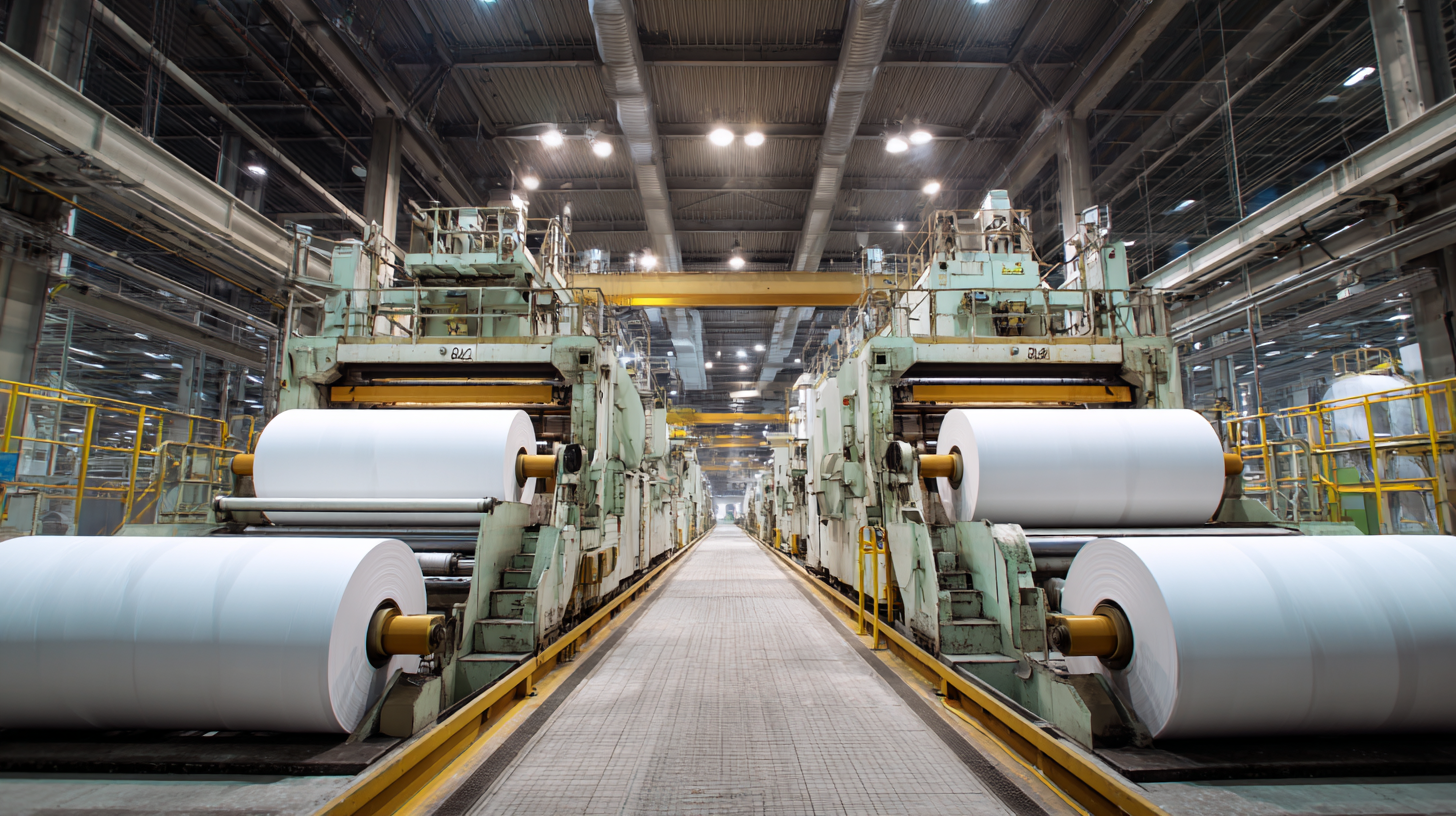
Implementing Sustainable Practices to Improve Resource Utilization
In the pulp and paper industry, optimizing resource utilization through sustainable practices is becoming increasingly essential. According to the Research and Markets report, the global green paper market is projected to grow at a CAGR of 4.7% from 2021 to 2026, reflecting a significant shift towards eco-friendly production methods. Implementing energy-efficient technologies, such as biomass and waste heat recovery systems, can reduce energy consumption by up to 30%, as highlighted in the World Wildlife Fund's recent publication on sustainable forestry practices.
Moreover, water conservation is another critical area in enhancing production efficiency. The EPA reports that the pulp and paper sector is one of the largest industrial users of water, consuming approximately 17 billion gallons per day. Innovations like closed-loop water systems can reclaim up to 95% of water used in production, minimizing wastage and operational costs. By embracing these sustainable practices, companies not only improve their resource utilization but also enhance their overall production efficiency, contributing positively to environmental preservation and economic sustainability.
Optimizing Pulp and Paper Production Efficiency
Leveraging Data Analytics for Real-Time Performance Optimization
The integration of Industry 4.0 technologies is revolutionizing pulp and paper production efficiency through the power of data analytics. By leveraging real-time performance optimization, manufacturers can gain insights that enhance decision-making processes, ultimately leading to improved operational outcomes. The adoption of IoT, artificial intelligence, and cloud computing enables companies to seamlessly interact with big data, transforming the way they manage their production environments.
One of the key tips for maximizing efficiency in this sector is to implement predictive analytics. By foreseeing equipment failures and optimizing maintenance schedules, organizations can minimize downtime and boost productivity. Furthermore, embracing a culture of continuous improvement through data-driven initiatives allows teams to identify wastage and streamline processes effectively.
Another important aspect is the importance of upskilling the workforce. Providing training on advanced analytics tools and techniques empowers employees to harness data insights in their daily operations. This not only enhances individual performance but also fosters a collaborative atmosphere where innovative solutions can flourish, driving the entire organization toward greater efficiency.
Innovative Equipment and Machinery Upgrades Driving Productivity Boosts
In the rapidly evolving world of pulp and paper production, innovative equipment and machinery upgrades are proving essential for driving productivity and maximizing efficiency. Advanced technologies, such as high-speed refiner systems and automated process controls, enable manufacturers to streamline operations and reduce waste. These modern machines not only enhance the quality of the final product but also minimize downtime, allowing companies to meet increasing market demands without compromising on performance.
Moreover, the integration of data analytics and IoT (Internet of Things) in pulp and paper machinery is transforming how companies manage their production processes. Smart sensors can monitor equipment performance in real-time, providing valuable insights that help identify inefficiencies and predict maintenance needs. This proactive approach not only reduces operational costs but also extends the lifespan of machinery, ultimately contributing to continual productivity improvements. By embracing these innovative solutions, companies in the pulp and paper industry are positioning themselves to thrive in a competitive market.
Innovative Solutions for Optimizing Pulp and Paper Production Efficiency
| Dimension | Current Value | Target Value | Improvement (%) |
|---|---|---|---|
| Production Speed (m/min) | 250 | 300 | 20% |
| Energy Consumption (kWh/ton) | 700 | 600 | 14.29% |
| Waste Reduction (%) | 10 | 5 | 50% |
| Yield Efficiency (%) | 85 | 90 | 5.88% |
| Maintenance Downtime (hours/month) | 20 | 10 | 50% |
Related Posts
-
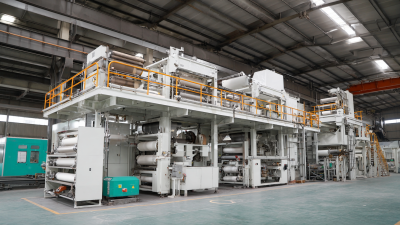
Ultimate Guide to Choosing the Right Bagasse Plate Making Machine for Your Business
-

Enhancing After-Sales Service: Unmatched Repair Costs with the Best Filtration Technology
-

Exploring Alternatives to Best Microfiltration Membrane Technology for Enhanced Water Purification
-
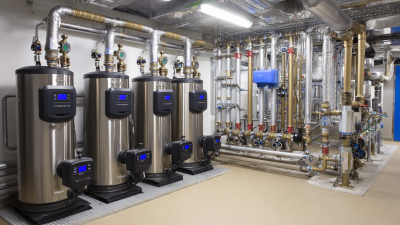
7 Compelling Reasons to Choose the Best Side Stream Filtration for Your Heating System
-
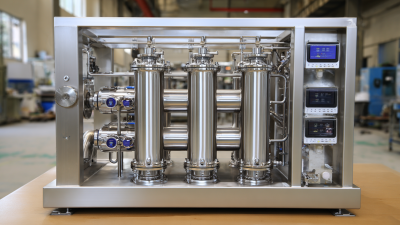
Understanding Industry Production Standards for the Best Micro Filtration System in Use
-
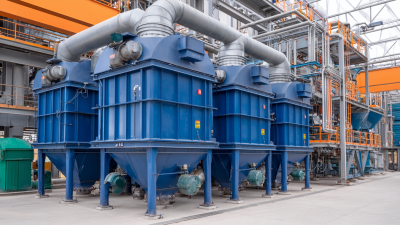
7 Reasons Why Bag Filter Systems are Essential for Reducing Industrial Emissions